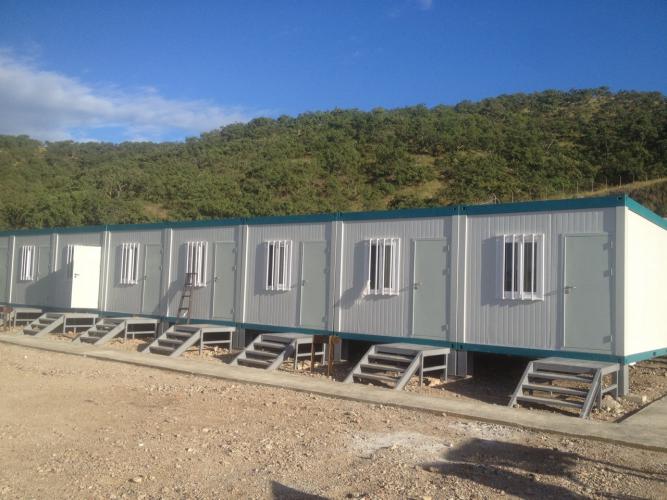Container houses have revolutionized the way we think about portable, sustainable, and affordable housing solutions. Whether you're looking for temporary accommodation for a construction project, a flexible workspace, or even a permanent residence, container houses offer an innovative alternative to traditional building methods. This comprehensive guide will walk you through everything you need to know about purchasing a container house, with insights from Chengdong Modular House, a leading global provider in this industry.
Understanding Container Houses
Before diving into the purchasing process, it's essential to understand what container houses are and why they've become increasingly popular worldwide.
What is a Container House?
A container house (also called a modular house or boxed-style house) is a prefabricated building constructed from shipping containers or specially designed modular units. These structures combine modularity with full factory preparation, allowing them to be transported and installed rapidly at their final destination. The beauty of container houses lies in their versatility—they can serve as dormitories, offices, restaurants, recreational facilities, or any customized space you envision.
Key Advantages of Container Houses
Modularity and Flexibility: Container houses feature standardized dimensions and can be combined horizontally and vertically to create diverse functional layouts. You can stack them up to three layers high and customize the interior design to meet your specific needs.
Quick Installation: Since most of the work is completed in the factory, on-site assembly is dramatically simplified. Structures can be hoisted into place with minimal local labor required, reducing construction timelines from weeks to days.
Cost Efficiency: Factory prefabrication ensures better quality control and reduces waste. The standardized production process lowers manufacturing costs, and the integrated design eliminates expensive secondary decoration.
Portability and Reusability: Container houses can be moved as complete units without disassembly, significantly reducing costs for site reuse. This makes them ideal for projects with limited timelines or those requiring relocation.
Durability and Longevity: Modern container houses are built with hot-dip galvanized steel frames and can withstand Category 11 winds, with special treatment allowing them to endure Category 17 hurricanes. Quality units can serve for 20+ years.
Environmental Sustainability: These structures are highly recyclable and can be reused multiple times across different projects, minimizing environmental impact.
Step-by-Step Guide to Purchasing a Container House
Step 1: Assess Your Needs and Requirements
The first step in purchasing a container house is determining your specific requirements:
Primary Purpose: Will it be used for accommodation, office space, storage, or a combination of functions?
Capacity: How many units do you need? Will you require single or multiple containers?
Duration: Is this for temporary use (6-12 months), medium-term (1-3 years), or long-term/permanent use?
Climate Considerations: What is the local climate? Do you need enhanced insulation for extreme temperatures, coastal protection for salt spray, or specialized ventilation for humidity?
Customization Level: Do you need standard configurations or heavily customized designs?
Budget Parameters: What is your total budget and preferred payment structure (purchase vs. lease)?
Step 2: Research Reputable Suppliers
Not all container house manufacturers are created equal. When evaluating suppliers, consider:
Company Track Record: Look for manufacturers with proven experience in global projects. Chengdong Modular House, for example, has successfully completed over 1,000 projects across more than 100 countries since 1998.
Certifications and Standards: Verify that the manufacturer holds relevant certifications such as:
ISO 9001 (Quality Management System)
ISO 14001 (Environmental Management System)
CE certification for structural steel and sandwich panels
CSA Standard W47.1 or other regional building certifications
Product Range: Ensure the supplier offers various container house types and customization options to match your needs.
Technical Expertise: The supplier should have in-house design and engineering capabilities to create customized solutions.
Step 3: Request Detailed Quotations and Technical Specifications
Once you've identified potential suppliers, request comprehensive quotations that include:
Technical Specifications:
Exterior and interior dimensions
Weight and load-bearing capacity
Insulation thickness (roof and walls)
Wall panel composition and thickness
Door and window specifications
Electrical configuration and capacity
Flooring material and thickness
Standard Container House Specifications (as an example):
Exterior Dimensions: 6055 mm × 2990 mm × 2896 mm
Interior Dimensions: 5845 mm × 2780 mm × 2500 mm
Weight: Approximately 1,520 kg (gross mass)
Insulation: 100 mm glass fiber wool for roof and floor
Wall Panels: 75 mm rock wool/glass wool composite board
Heat Transfer Coefficients: Roof 0.64 W/m²K, Floor 0.46 W/m²K, Walls 0.47 W/m²K
Quotation Components:
Unit cost per container
Quantity discounts
Customization fees
Transportation and logistics costs
Installation and assembly support
Warranty terms
After-sales service provisions
Step 4: Compare Products and Configurations
Chengdong Modular House offers several container house types to suit different needs:
Standard Container Houses (Modular Box-Style Rooms): These are the most versatile option, available in multiple sizes and configurations. They can be customized for offices, dormitories, or multipurpose spaces. Standard configurations range from 14.74 m² (small modules) to 41.01 m² (larger units).
ZA Type Houses: These represent advanced modular construction with cold-formed hot-dip galvanized steel frames. They offer superior corrosion resistance and can be fully customized in length, width, and height. Ideal for projects requiring specialized design or enhanced durability.
Lightweight Steel Villas: These semi-permanent structures offer service lives exceeding 25 years and are suitable for long-term or permanent installations with premium aesthetics.
Steel Frame Structures: For larger facilities requiring spacious interiors (warehouses, factories, restaurants), steel frame structures provide open-span designs with minimal interior columns.
Compare these options based on your project's specific requirements, climate conditions, and budget constraints.
Step 5: Negotiate Terms and Place Your Order
Once you've selected your preferred supplier and product configuration:
Contractual Negotiations:
Confirm delivery timeline and production schedule
Establish clear payment terms (typically 30% deposit, 70% upon completion)
Define warranty coverage (structural integrity, weatherproofing, etc.)
Specify customization details in writing
Include provisions for quality inspection before shipment
Clarify responsibility for transportation damage
Documentation:
Ensure you receive detailed technical drawings
Obtain certificates of conformity for CE or other applicable standards
Request maintenance and care manuals
Confirm warranty documentation
Step 6: Logistics and Transportation
Planning logistics is crucial for timely delivery:
Packaging Optimization: Container houses are specially packed to minimize volume for shipping. Multiple houses can fit into standard container volumes for sea transport, significantly reducing per-unit transportation costs.
Shipping Methods:
Ocean Freight: Most economical for international shipments, especially for larger quantities
Land Transportation: Suitable for regional deliveries within the same continent
Air Freight: Premium option for urgent requirements
Customs and Documentation:
Work with your supplier's logistics team to prepare necessary documentation
Ensure proper customs classification to avoid delays
Budget for import duties and taxes (varies by country)
Delivery Coordination:
Confirm the delivery schedule well in advance
Prepare your site to receive units upon arrival
Coordinate with local logistics partners for final delivery
Step 7: On-Site Installation and Assembly
One of the major advantages of container houses is their quick installation process:
Site Preparation: Ensure the site is properly prepared with level ground or appropriate foundations. Most container houses require concrete pad foundations or appropriately designed support structures.
Assembly Timeline: A single container house typically takes 2-6 hours to fully install and connect to utilities, compared to weeks for traditional construction.
Professional Installation Support: Reputable suppliers like Chengdong Modular House provide skilled installation teams or detailed guidance to ensure proper setup. This may include:
Precise positioning and leveling
Secure bolting of interconnections
Utility connections (water, electricity, sewage)
Final quality inspections
Utility Integration: Arrange for connections to:
Electrical supply and distribution
Water supply and treatment systems
Drainage and sewage systems
Internet and telecommunications infrastructure
Step 8: Quality Assurance and Inspection
Before accepting delivery, conduct thorough inspections:
Factory Inspection (if possible):
Visit the manufacturing facility to inspect units before shipment
Verify that all customizations meet specifications
Check for any defects or quality issues
Upon Delivery Inspection:
Verify exterior condition and structural integrity
Test all doors, windows, and locks
Check electrical outlets and lighting systems
Inspect plumbing connections and fixtures
Verify interior finishing quality
Document any damage or discrepancies with photos
Functional Testing:
Test HVAC systems (if included)
Verify water pressure and drainage
Check electrical load capacity
Test door and window operation
Choosing Between Purchase and Rental
Before finalizing your purchase, consider whether buying or renting is optimal for your situation:
Purchase Advantages:
Long-term cost savings for projects exceeding 2-3 years
Customization possibilities without rental constraints
Ownership of an appreciating asset
Flexibility to modify or repurpose as needed
Rental Advantages:
Lower upfront capital investment
No maintenance responsibilities
Flexibility to adjust quantity as project needs change
Simplicity for short-term requirements (under 12 months)
Many suppliers, including Chengdong, offer both purchase and rental options, allowing you to choose the arrangement that best fits your situation.
Cost Considerations and Budgeting
When budgeting for your container house purchase, include:
Direct Product Costs: Base unit price multiplied by quantity needed
Customization Fees: Additional costs for specialized layouts, advanced insulation, or premium finishes
Transportation: Usually ranges from 10-25% of product cost for international shipments
Site Preparation: Concrete pads, land clearing, utility infrastructure (can be 5-15% of product cost)
Installation Labor: If not included with purchase (typically 5-10% of product cost)
Regulatory and Compliance: Building permits, inspections, certifications (varies by location)
Contingency Budget: Reserve 10-15% for unexpected expenses
Total Project Cost Formula: Product Cost + Customization + Transportation + Site Prep + Installation + Compliance + Contingency
Making Your Final Decision
Key Questions to Answer:
Does the supplier have proven experience with similar projects?
Are all product specifications clearly documented and understood?
Are warranty terms comprehensive and clearly defined?
Is post-purchase support available?
Can the supplier accommodate your timeline requirements?
Are payment terms favorable and secure?
Have you received and reviewed references from previous customers?
Conclusion
Purchasing a container house represents a smart investment in flexible, sustainable, and efficient housing solutions. By following these steps—assessing your needs, researching suppliers, comparing specifications, negotiating terms, managing logistics, overseeing installation, and conducting inspections—you can confidently make an informed decision that meets your project requirements and budget.
Container houses have proven their value across countless projects worldwide, from temporary construction camps to permanent residential installations. With their modularity, durability, and rapid deployment capabilities, they represent the future of adaptive building solutions.
Whether you're embarking on a large-scale engineering project or seeking an innovative residential solution, partnering with an experienced, certified manufacturer like Chengdong Modular House ensures that you receive quality products backed by technical expertise and comprehensive support.
Ready to explore your container house options? Contact a reputable supplier today and discover how modular housing can transform your project. With the right planning and the right partner, your container house solution is just a consultation away.



More

More
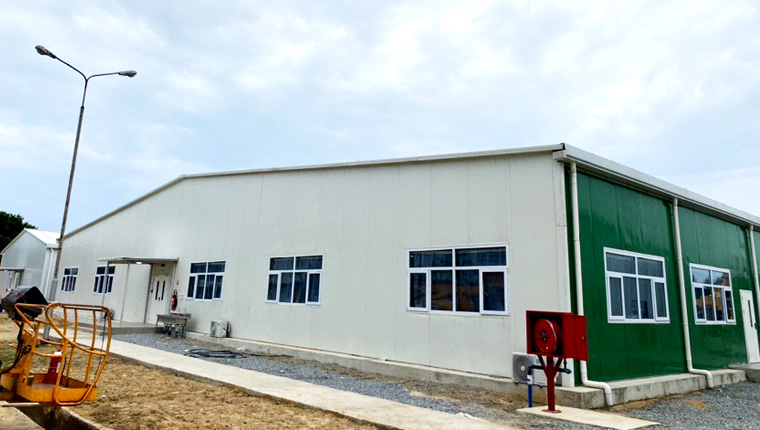
More
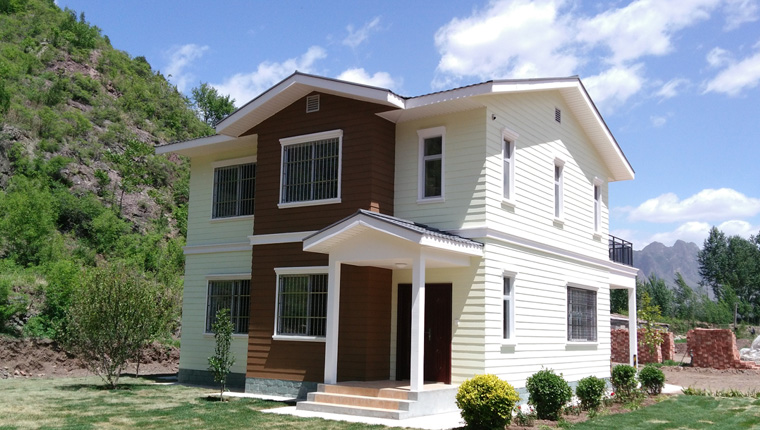
More
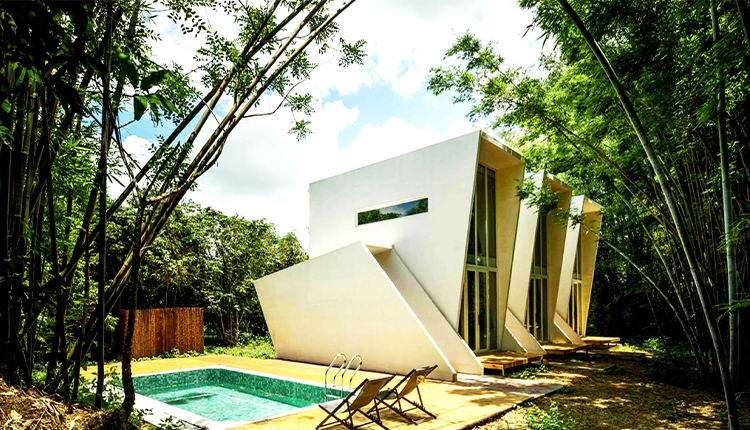
More
Learn More


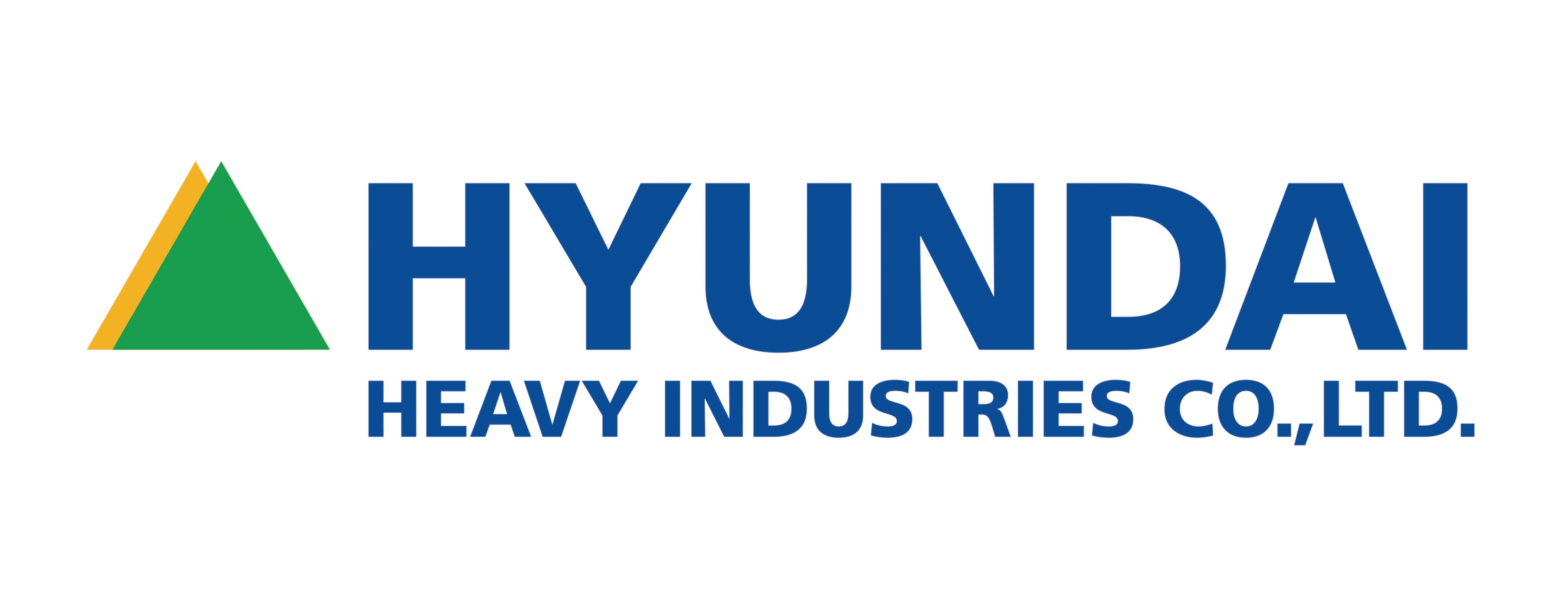
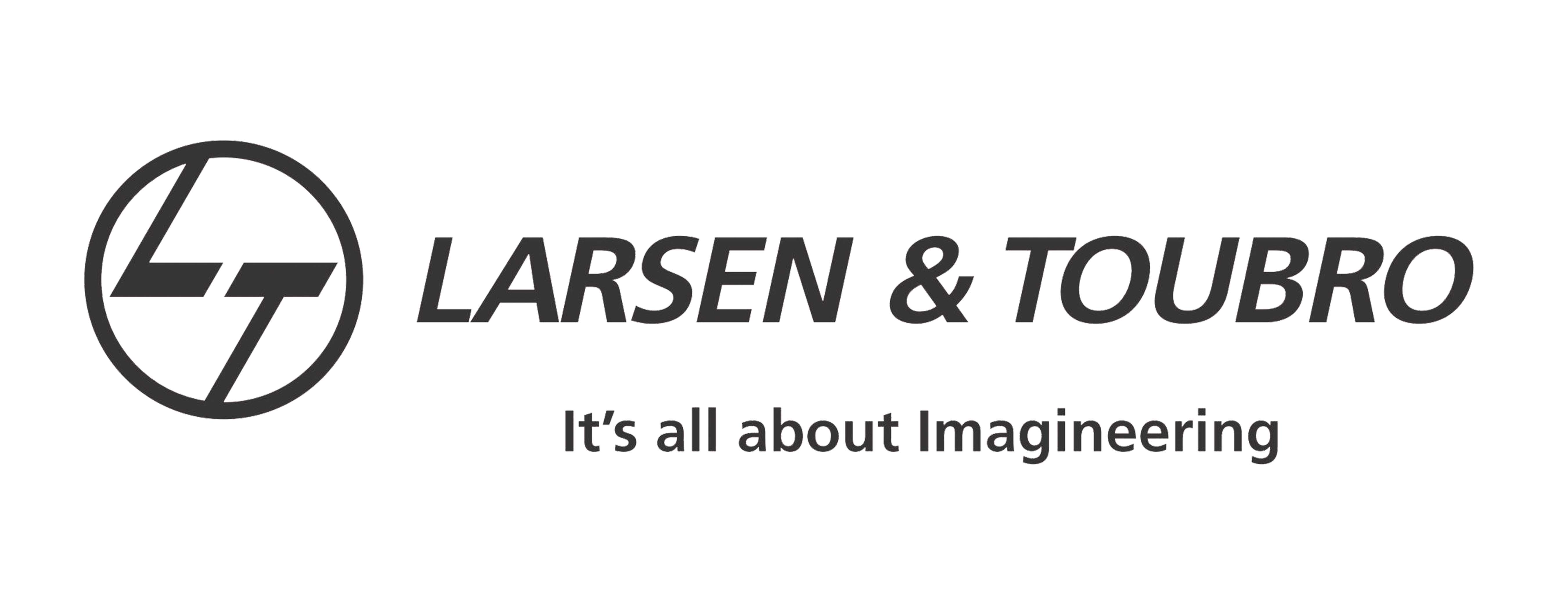





















![Top Advantages of Modular Construction Explained [2025]](/uploads/upload/images/20250424/0fb390068474145a09a8c0504c73b1d2.png)
